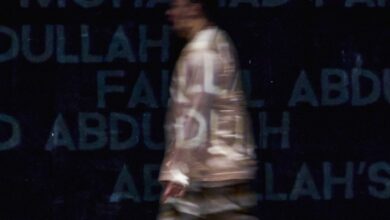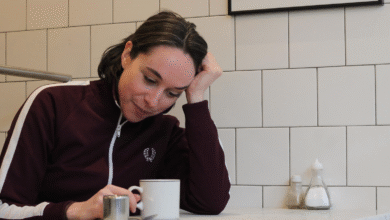Review: MASO SCHISM, Cockpit Theatre
Voila! Theatre Festival
A play about finding meaning through physical pain in a world which seems meaningless.summary
Rating
Ok
The online magazine The Surrealist Digest defines surreal theatre as “a type of performance art that emphasises the subconscious mind and often features absurd and dreamlike imagery, disjointed narratives, and unconventional staging.” This production of MASO SCHISM defines itself as a surrealist piece which ‘incorporates elements of performance art to experiment with real pain and explore the limits of bodily autonomy.” However, while MASO SCHISM may call itself a surrealist work, it borderlines rather more on being an absurdist piece instead.
MASO SCHISM revolves around the lives of two best friends Katie (Katherine Abigail Ward) and Anastasia (Anna María) who have grown up together sharing various physical painful experiences. However, both women have very different relationships with physical pain, and both of the women have an obsession with delivering pain to their bodies in one way or another. Katie punctures her legs with acupuncture needles, while Anastasia delivers electric shocks to her knees and throat, and they are both very invested in physical exercise.
The play is painful to watch in more ways than just witnessing two women actively harming themselves. The dialogue is sporadic and it is unclear as to what the characters are discussing both with one another and with themselves. The scenes are messy, and one can never tell where the characters are going or what their intent is aside from harming themselves. The lighting too is very random; at times it may be all over the place, and very still at others. At odd moments a character may appear in a spotlight and harm themselves, while an academic recording resounds from above saying something about the neurological science of pain and the effect of pain on the brain and the human nervous system.
While this may appear confusing at times, it is very clear that the characters are causing themselves to be in pain in order to feel something because there is so much suppressed mental agony from past experiences. Anastasia has an obsession with getting stronger to cope with pain, whereas Katie seems to feel numb and is desperate to feel something. Nevertheless, the play has no sense of foundation, no story, and a muddled message which is hard to find amidst all of the self-harming taking place.
While MASO SCHISM does bring up the issue of pain within the subconscious mind, and has absurd imagery and disjointed narratives, the real emphasis of this play is on the absurdity of everything that they are doing. These two women are trying to find meaning through pain in a world which seems meaningless, which is an incredible message, and an element of absurdism. Yet, no matter how MASO SCHISM is defined, one thing is certain this play needs more work to bring their message across.
Created by: Anna María and Catherine Abigail Ward
MASO SCHISM plays at Cockpit Theatre until 8th November, part of the Voila! Theatre Festival.
Further information and tickets are available here.








